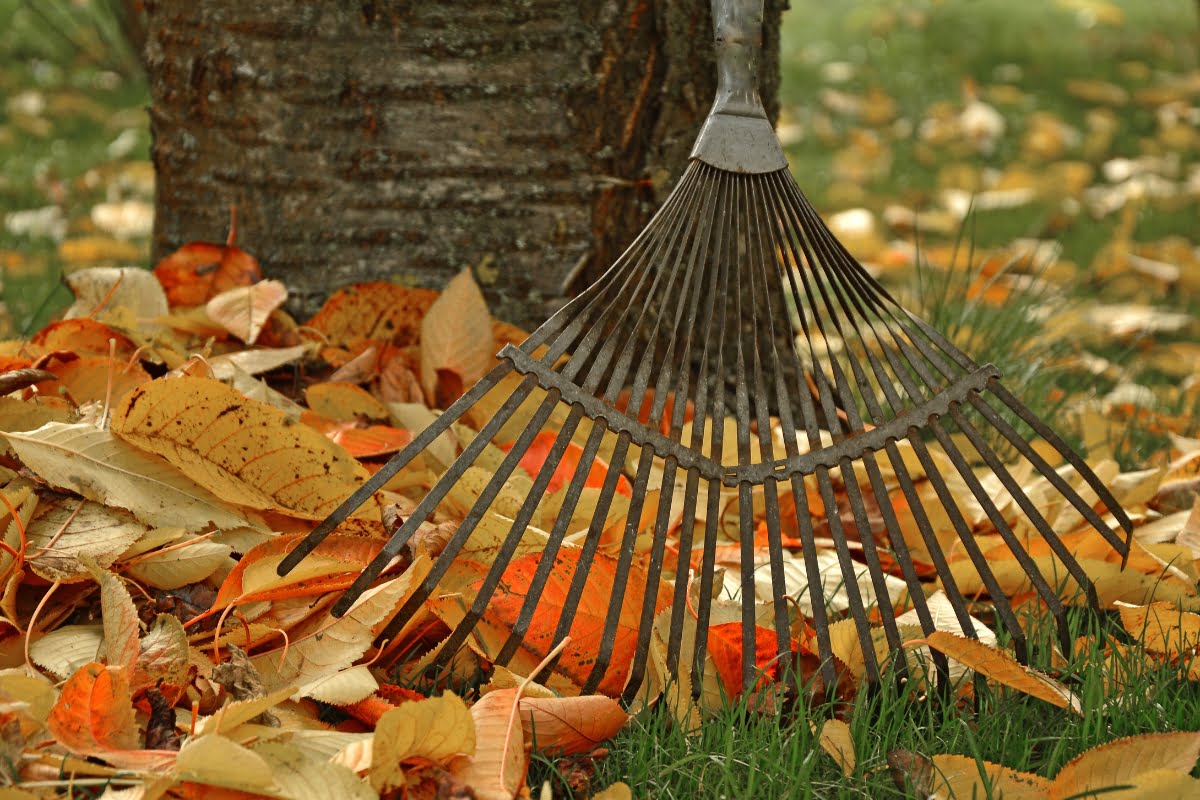As the vibrant colors of summer begin to fade, fall brings a unique opportunity to prepare your landscape for the cooler months ahead.
Proper seasonal landscaping ensures that your outdoor space remains healthy and visually appealing throughout the fall and prepares your garden for a strong start in the spring. In this ultimate fall season preparation guide, we’ll cover essential landscaping tasks such as pruning, mulching, planting fall-friendly species, and prepping your lawn for winter.
Whether you’re a seasoned gardener or a first-time homeowner, these seasonal landscape maintenance tips will help you maintain a beautiful, resilient landscape all season long. Get ready to embrace the fall and set your yard up for success with smart, seasonal care.
Revitalize Your Outdoor Space with Expert Fall Landscaping Tips
Assessing Your Garden’s Current State
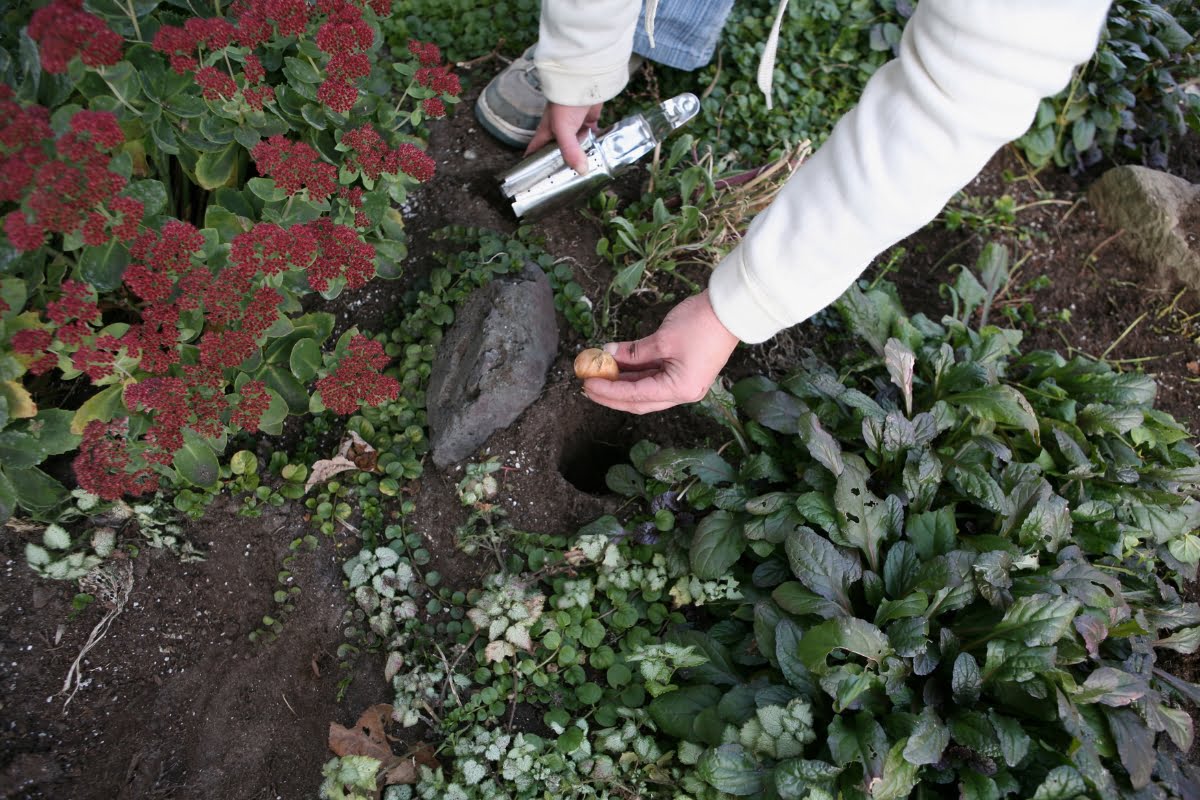
Before embarking on fall landscaping tasks, it’s important to thoroughly assess the current condition of your garden. Start by walking through your outdoor space to observe key areas that may need attention. Look for signs of plant distress, such as yellowing leaves, drooping stems, or evidence of pest infestations. Addressing these issues promptly can prevent further damage and ensure a healthy garden come spring.
Evaluate the overall health of your plants and shrubs. Check for dead, damaged, or diseased branches that need pruning to encourage new growth and maintain the plant’s shape. If certain plants have outgrown their designated spaces, now is the ideal time to consider transplanting them to more suitable areas or thinning them out to promote better airflow and growth.
Also, assess the state of your garden’s soil and mulch. Compact soil may need aeration, while thinning mulch may require replenishing before winter sets in. By taking the time to carefully evaluate your garden’s condition, you’ll be able to prioritize tasks like pruning, transplanting, and pest control, ensuring your garden is well-prepared for the colder months ahead.
Soil Preparation: The Foundation of Fall Landscaping
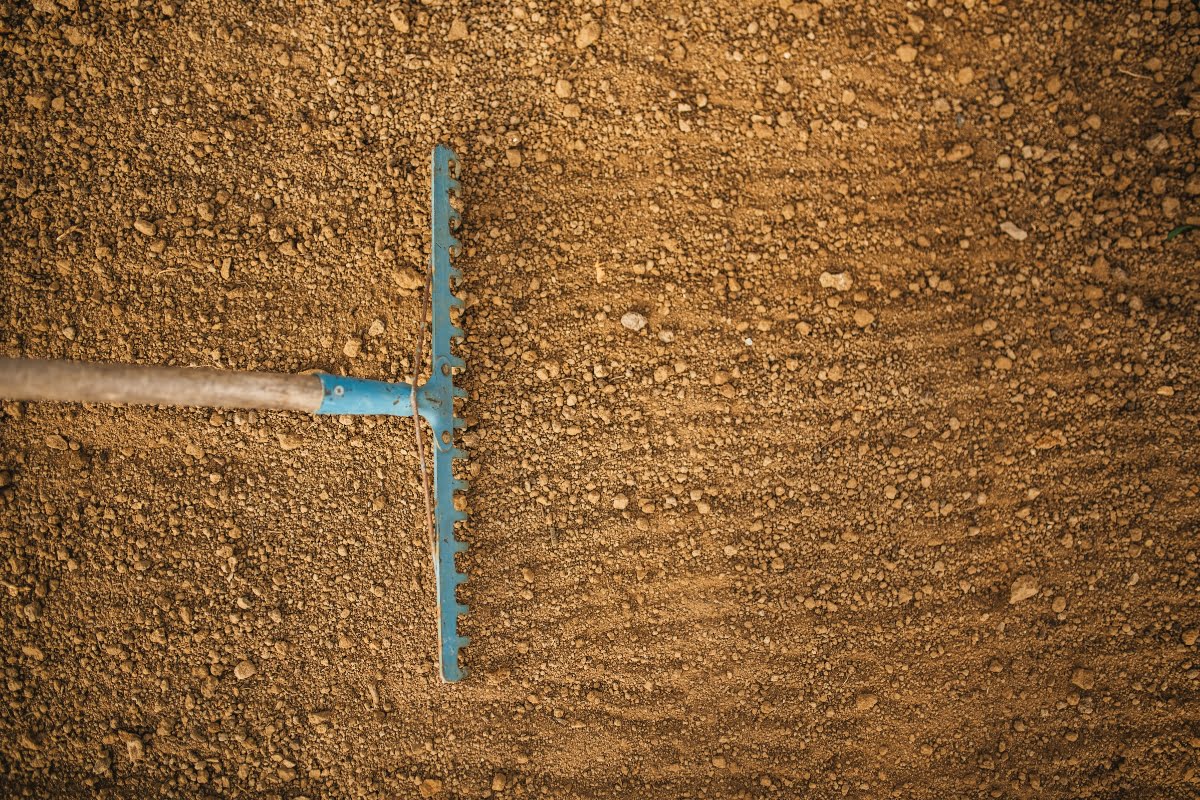
The foundation of a thriving garden is healthy soil, and fall presents the perfect opportunity to prepare it for the next growing season. Start by thoroughly clearing your garden beds of weeds, fallen leaves, and other debris. Removing these unwanted materials ensures that they don’t compete with your plants for essential nutrients or harbor pests over winter.
Enriching the soil with organic matter is crucial at this stage. Adding compost, well-rotted manure, or leaf mold helps improve soil fertility, enhances moisture retention, and promotes healthy root development. Spread a layer of organic matter across your beds and work it into the top few inches using a garden fork or tiller. This process also loosens compacted soil, allowing air and water to penetrate more easily.
Additionally, conducting a soil test is highly recommended. This test will reveal your soil’s pH and nutrient levels, providing you with the information needed to select appropriate amendments or fertilizers.
By optimizing your soil’s balance, you’ll create the perfect environment for robust plant growth in the seasons to come. Proper soil preparation sets the stage for a productive garden and ensures that your fall landscaping efforts yield the best results.
Plant Selection: Choosing the Right Varieties for Fall
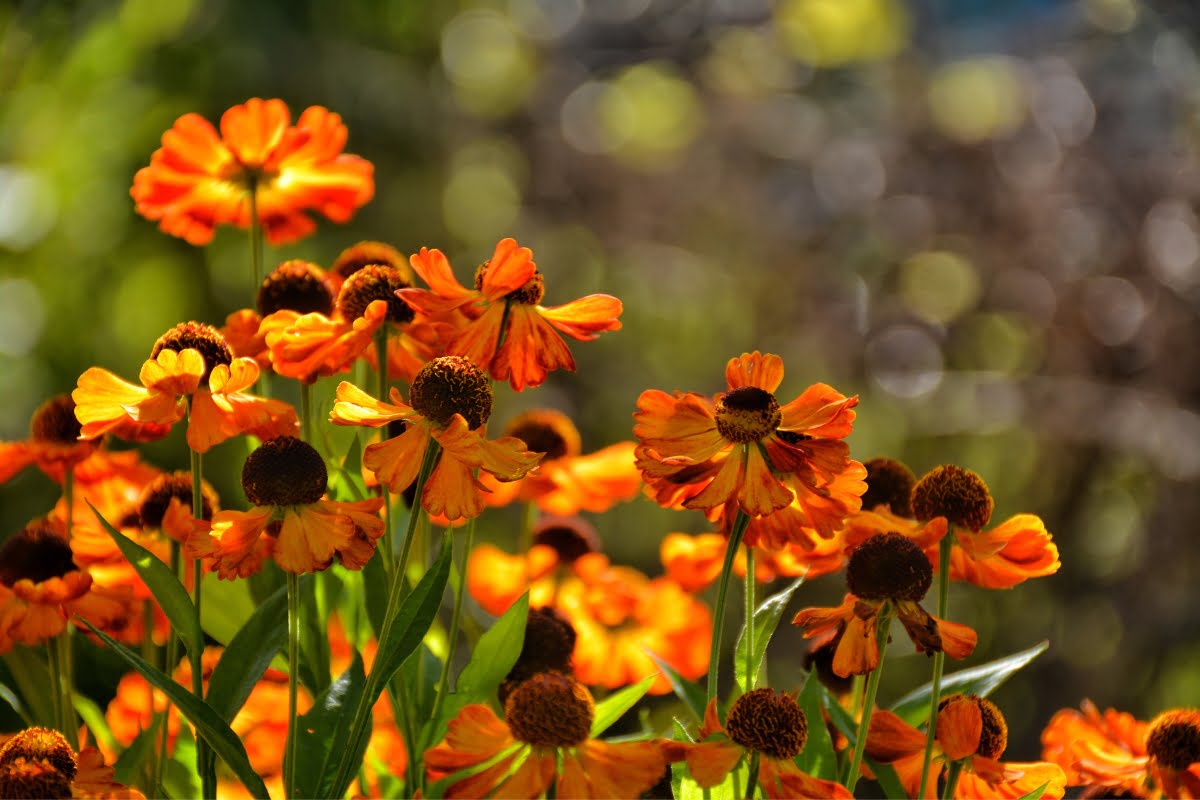
Fall is a prime season to introduce new plants to your landscape that thrive in cooler temperatures and bring fresh life to your garden. When selecting plants for autumn, it’s crucial to consider the cold hardiness rating, which indicates the lowest temperatures a plant can survive. Matching plants to your specific climate zone ensures they will flourish through the season and into winter.
Some of the best plant choices for fall include chrysanthemums, which provide bright, bold flowers well into the season, and ornamental grasses that offer striking textures and movement in the garden. Cold-tolerant vegetables like kale, cabbage, and Swiss chard also thrive during fall, giving your garden an edible and aesthetic boost.
In addition to seasonal flowers and vegetables, fall is the perfect time to plant spring-blooming bulbs like tulips, daffodils, and hyacinths. These bulbs need the cold winter to establish their roots before emerging in a stunning display of color in early spring. By carefully selecting the right varieties, you can enjoy a vibrant fall garden and set the stage for a flourishing spring bloom.
Pruning and Trimming for Fall Health

Pruning and trimming in the fall are critical steps in promoting the long-term health and vitality of your plants and shrubs. By removing dead, damaged, or diseased branches, you can prevent pests and diseases from spreading, which could harm the overall plant health. This is particularly important before the plant goes dormant for the winter.
Each plant has unique pruning needs. For instance, flowering shrubs that bloom on new wood, like roses, may benefit from more aggressive trimming to promote vigorous spring growth.
In contrast, other plants, such as evergreens or trees, might only need light trimming to maintain their shape and remove problematic branches. Always research your plant species before trimming to avoid damaging future growth.
Sharp, clean tools are essential to ensure smooth cuts and reduce the risk of infection. Disinfecting tools between cuts is especially important when dealing with diseased plants, as it prevents pathogens from spreading. Taking these steps will not only protect your plants in the fall but will also set them up for healthy growth in the coming seasons.
Lawn Care: Preparing Your Grass for Winter
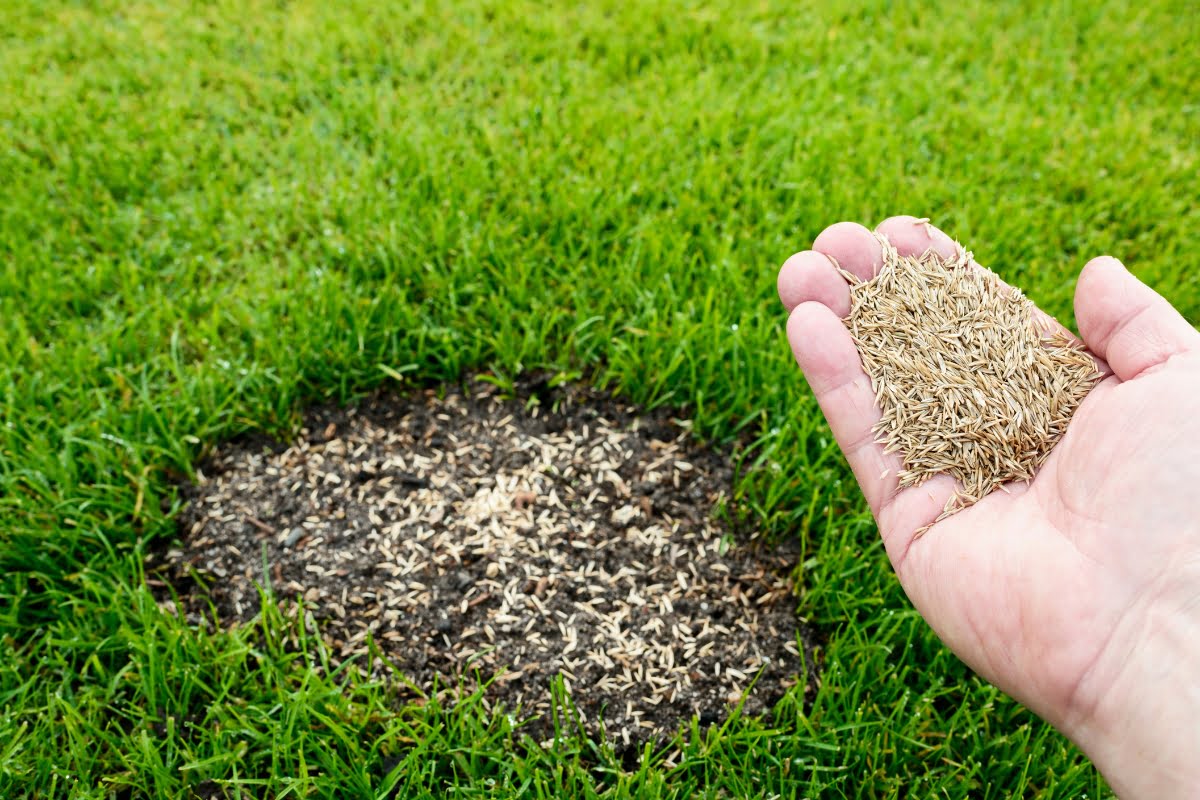
A lush green lawn is a beautiful sight during any season. To ensure your grass remains healthy throughout winter and bounces back in spring, it’s crucial to give it some extra care during fall.
Begin by aerating your lawn with a garden fork or an aerator machine. This step helps reduce compacted soil, making it easier for air, water, and nutrients to reach the grass roots.
Aerating is especially helpful for lawns that experience a lot of foot traffic or are in areas with dense clay soil. By loosening the packed soil, you give grass roots more space to grow deeper, which strengthens the lawn and helps it withstand colder weather.
If necessary, overseed any bare patches on your lawn with cool-season grass varieties. This will help fill in any gaps before winter arrives. When overseeding, be sure to use a high-quality seed mix that’s appropriate for your region and climate. After spreading the seeds, keep the soil moist to encourage proper germination. This step will result in a fuller, thicker lawn that’s better equipped to survive the winter months.
Finally, apply a slow-release fertilizer formulated specifically for fall use. This will provide your grass with the necessary nutrients to withstand winter dormancy and promote healthy growth in the following seasons.
Fertilizing in the fall also helps the grass recover from the stresses of summer heat and prepares it for a strong start in spring. By taking these preventive steps, your lawn will emerge healthy, green, and beautiful when the warmer weather returns.
Implementing Seasonal Decorative Elements

Implementing seasonal decorative elements is one of the most enjoyable aspects of fall landscaping, allowing you to embrace the beauty and warmth of the season.
Pumpkins, gourds, and colorful fall foliage are classic staples that can instantly bring autumnal charm to your outdoor space, whether in garden beds, on your front porch, or lining walkways.
For a more refined touch, consider using varying sizes and colors of pumpkins and squash, complemented by potted mums or marigolds. These hardy fall flowers thrive in cooler temperatures and add vibrant hues to your arrangement. You can even mix in ornamental grasses for texture, creating a dynamic display that serves as a focal point in your yard or entryway.
To extend the beauty of your outdoor space into the evening, lighting plays a key role. String lights woven through bushes or trees or lanterns placed along pathways can create a magical, inviting ambiance for fall gatherings or quiet evenings.
Solar-powered lights are an energy-efficient option that works well for illuminating your garden while complementing the natural look of the season. These elements not only enhance your garden’s aesthetic appeal but also ensure that your outdoor space remains functional as the daylight hours decrease.
Protecting Plants and Shrubs from Frost
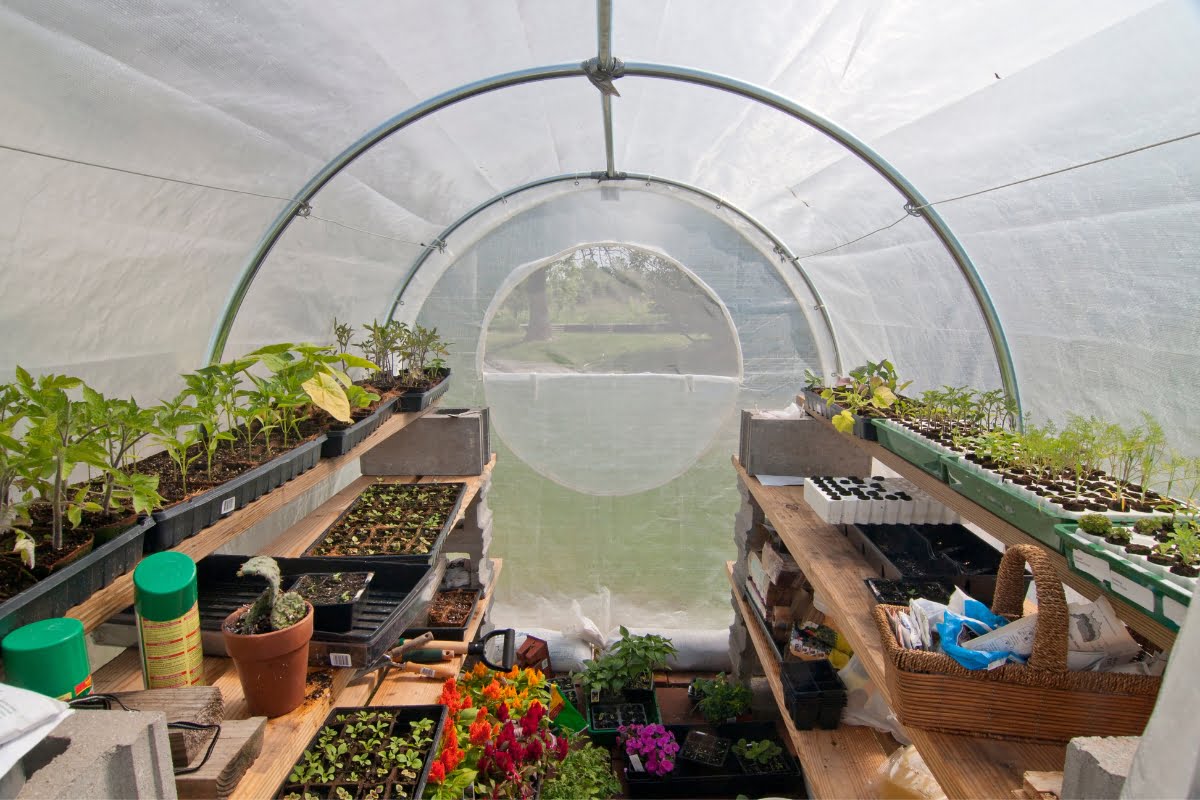
Protecting your plants and shrubs from frost is essential to ensure their health and longevity during colder months. Frost can damage tender plants, leaving them vulnerable to diseases or even death.
To shield your garden from freezing temperatures, using frost blankets, burlap sacks, or old bedsheets is an effective solution. Covering plants at night when frost is most likely to occur helps insulate them, trapping heat from the soil to keep them warm.
For potted plants, consider moving them indoors or into a sheltered location like a garage or greenhouse to prevent frost damage. If outdoor storage is your only option, group potted plants together near the house or under an awning for added protection from cold winds and frost.
It’s crucial to uncover plants during the day to allow for sunlight and airflow. Keeping them covered too long can lead to moisture buildup, which may cause fungal diseases or rot.
Additionally, mulch can help insulate plant roots, further protecting them from extreme cold. By taking these steps, you can help your plants weather frosty nights and emerge healthier when warmer weather returns.
Creating a Cozy Outdoor Space for Fall Relaxation
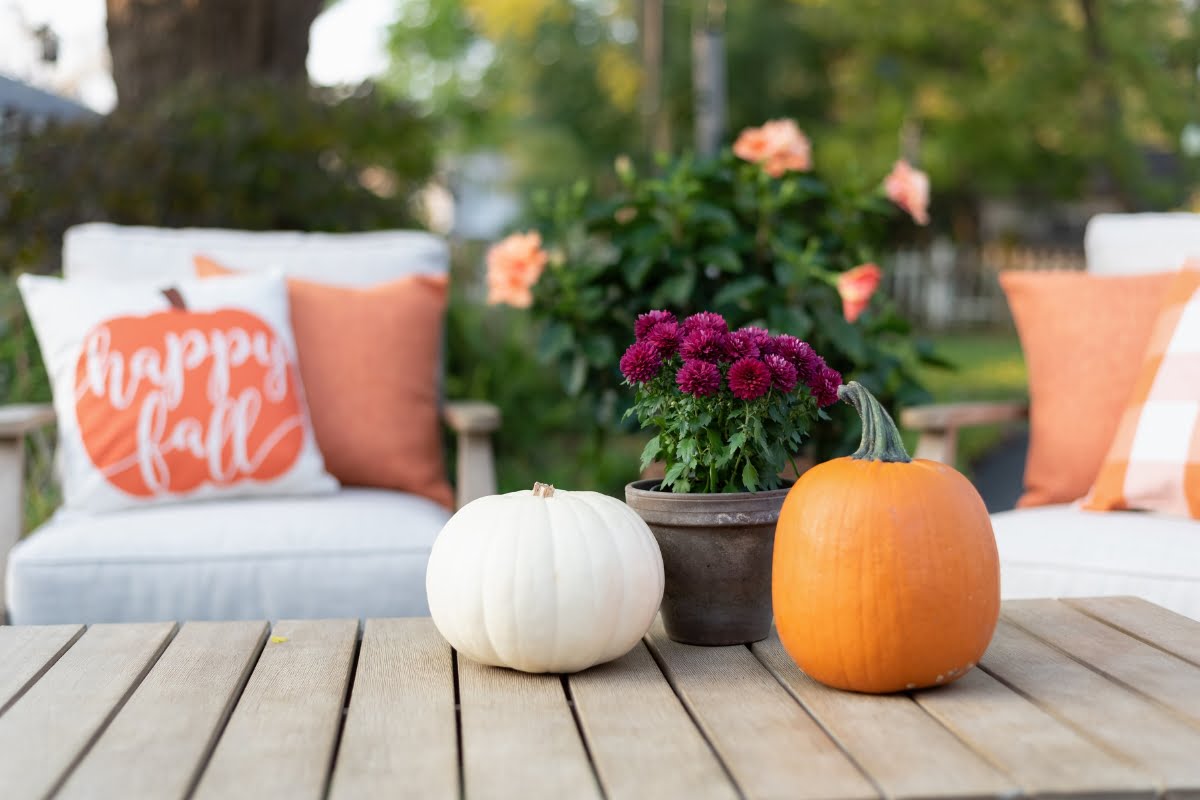
Creating a cozy outdoor space for fall relaxation allows you to fully enjoy the season’s beauty while staying comfortable and warm. Start by selecting weather-resistant furniture, such as wicker or metal chairs with soft, plush cushions. These seating options are durable enough to withstand the cooler temperatures while still providing a relaxing and inviting atmosphere.
For added warmth, layer your seating area with blankets or throws that match the fall color palette, like deep reds, oranges, and earthy browns. These simple additions make your space more comfortable and visually appealing, encouraging you to spend more time outside, even on crisp autumn evenings.
A fire pit or chiminea can enhance the overall ambiance of your outdoor retreat. Not only does it provide warmth, but it also serves as a natural gathering spot for friends and family.
Complement the setup with string lights or lanterns for a soft, warm glow, extending your enjoyment well into the evening. Add outdoor rugs or soft area mats to keep your feet warm and create a unified, cozy look. With these elements, your outdoor space can become a serene fall haven.
Sustainable Practices for Fall Landscaping Success
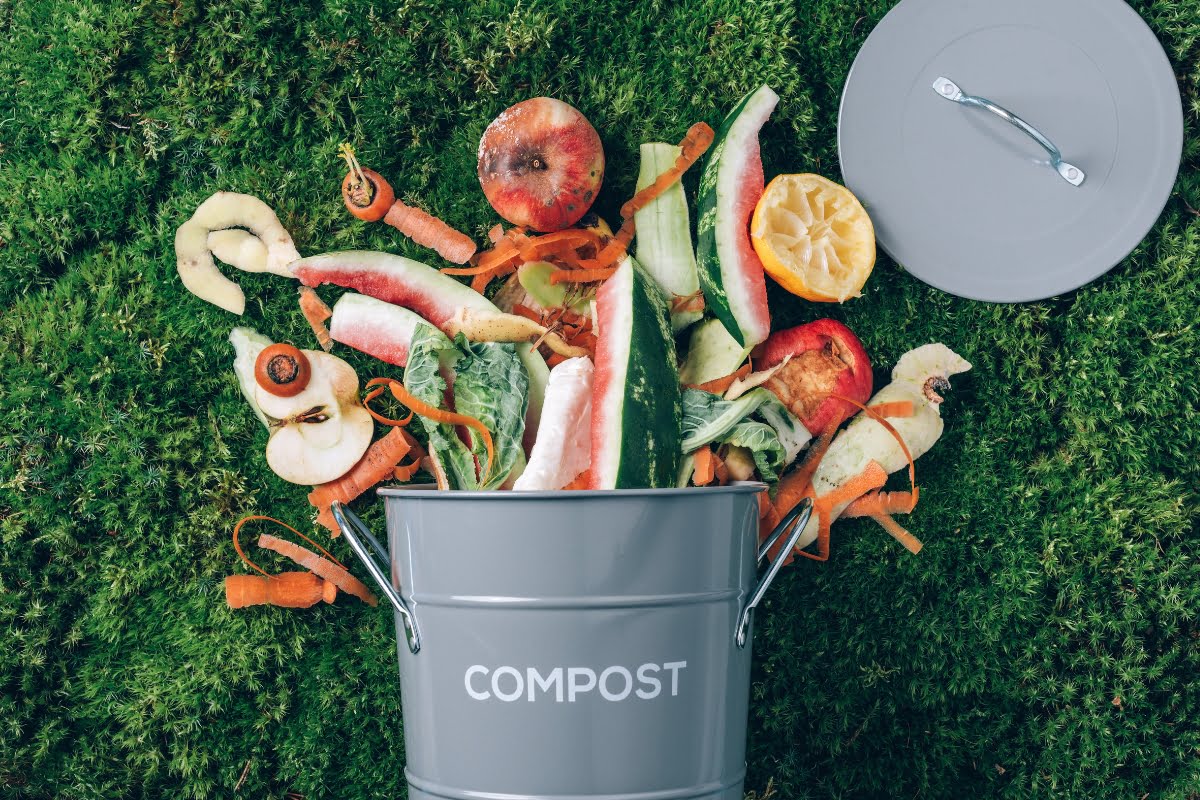
Incorporating sustainable practices into your fall landscaping efforts can have a lasting positive impact on both your garden and the environment. By making conscious choices, you can reduce waste, conserve resources, and support the natural ecosystem.
One of the easiest ways to embrace sustainability is by collecting fallen leaves and repurposing them as mulch or compost. Shredded leaves create a nutrient-rich mulch that helps retain moisture, suppresses weeds, and gradually breaks down to enrich the soil. This approach also minimizes waste by diverting leaves from landfills.
Water conservation is another important aspect of sustainable landscaping. Installing rain barrels allows you to collect rainwater for irrigating your garden, reducing the need for treated tap water. This not only conserves a valuable resource but also saves you money on your water bill.
When planning your fall plantings, opt for native plants that are naturally suited to your region’s climate. Native plants require less water and fewer chemical inputs, making them an eco-friendly choice that supports local wildlife, such as pollinators and birds. With these sustainable practices, you can enjoy a thriving garden that contributes to the health of the environment.
Conclusion: Embracing the Beauty of Fall in Your Landscape
Embrace the beauty of fall by embracing seasonal landscaping practices that will transform your outdoor space into a sanctuary of tranquility. With proper preparation and care during this season of change, you’ll be rewarded with a landscape that thrives and flourishes year-round.
Preparing your landscape for the fall season is essential to ensuring a beautiful and healthy outdoor space year-round. Trust the professionals at Glover Landscapes to handle all your seasonal landscaping needs. For a personalized consultation and to get a free estimate on your project, contact Glover Landscapes today at (404) 510-6437 or visit our website to get started!
